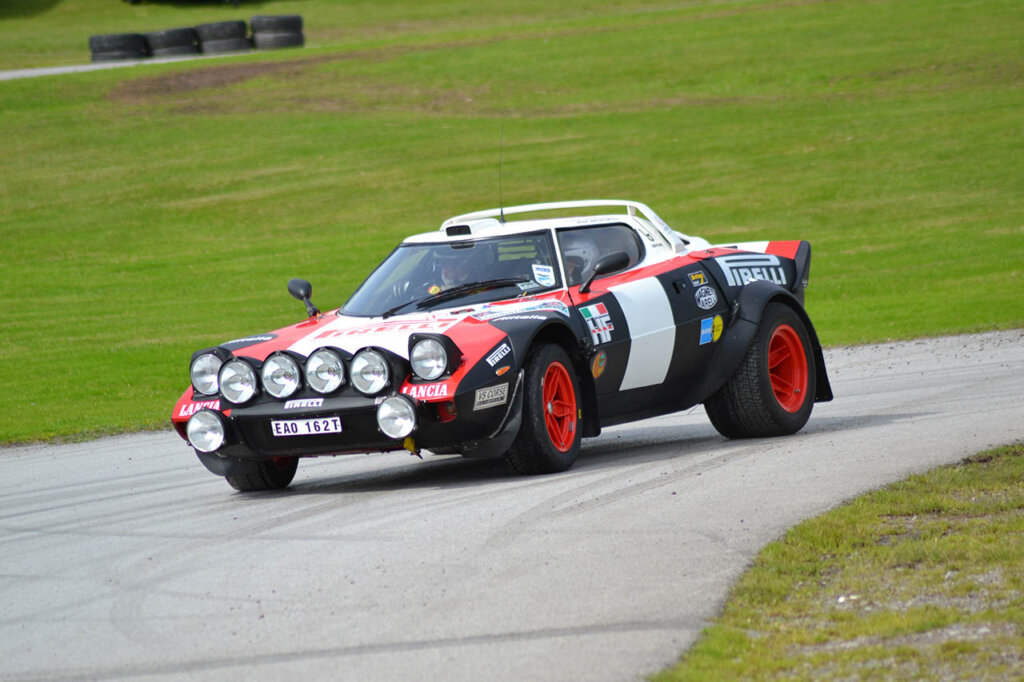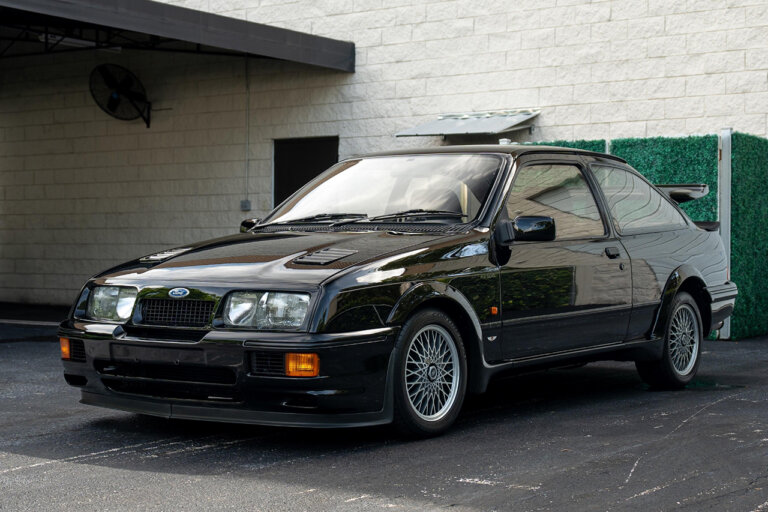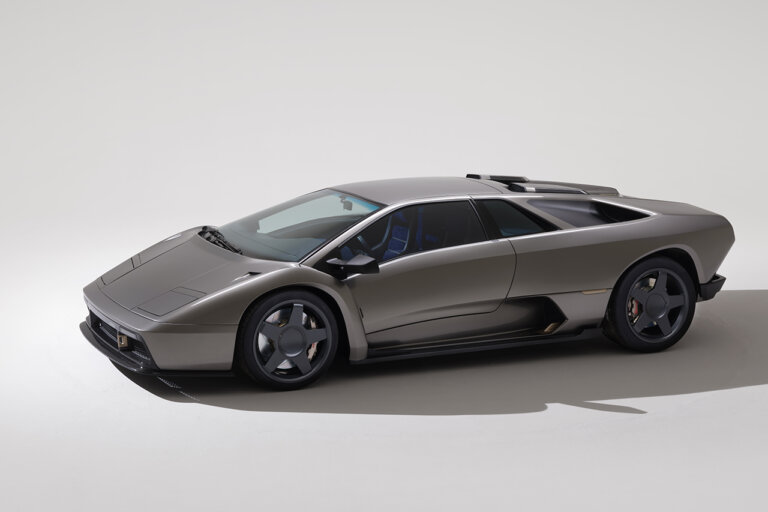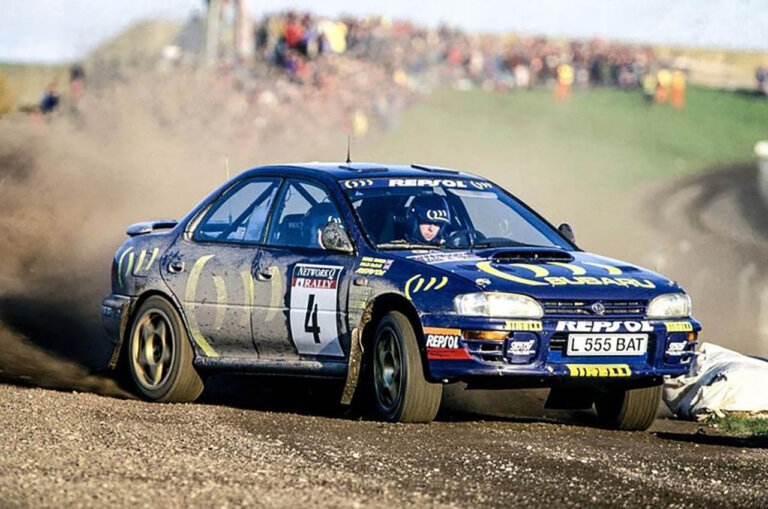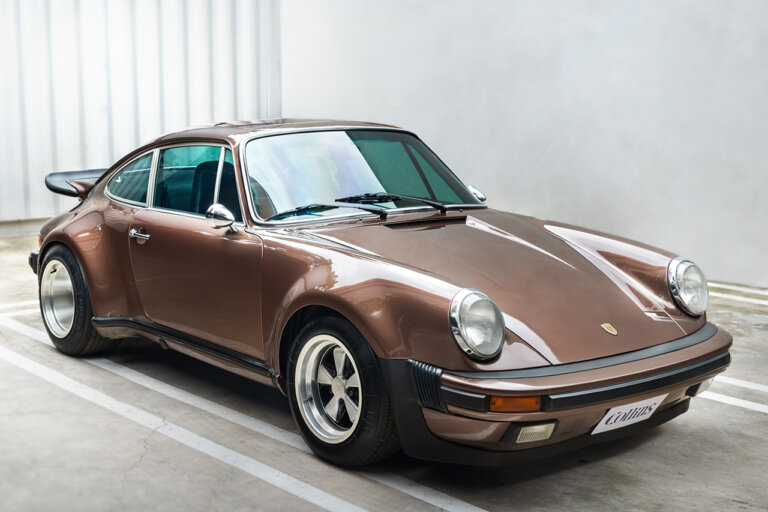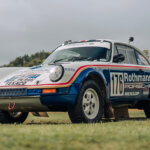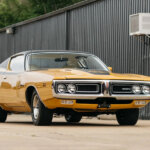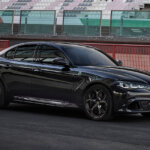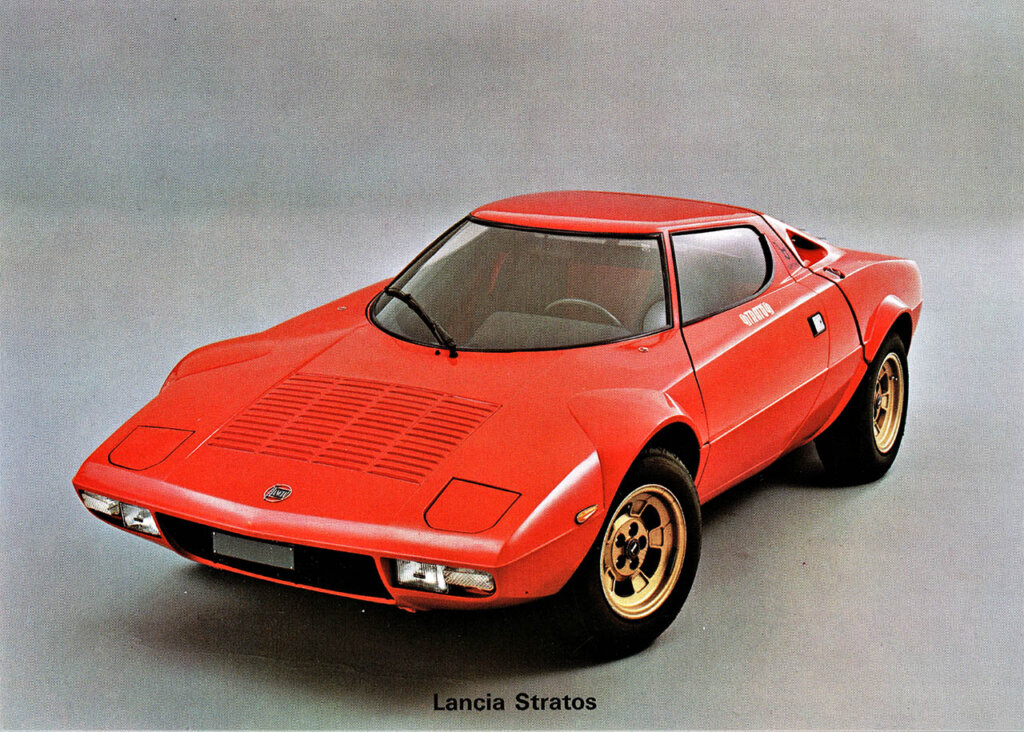
Source: Alden Jewell via Flickr
| Trim | Production | Engine | Power | Transmission | Drivetrain | Winning Years (WRC) |
| Stratos HF | 1973 – 1978 | Dino V6 (Ferrari engine) | 190 HP / 193 PS / 142 kW | 5-Speed Manual | RWD | 1974, 1975 & 1976 |
In the colorful world of automotive history, certain vehicles emerge as true icons, weaving themselves into the fabric of enthusiast hearts and motorsport lore. Among such vehicles, the Lancia Stratos is a true demonstration of visionary design, engineering innovation, and rally dominance. With its distinctive wedge-shaped body and a rallying record that echoes through the ages, the Lancia Stratos not only left an unfading mark on the race circuits but also ignited a passion that continues to burn brightly among car aficionados and rally enthusiasts alike.
History & A New Alliance
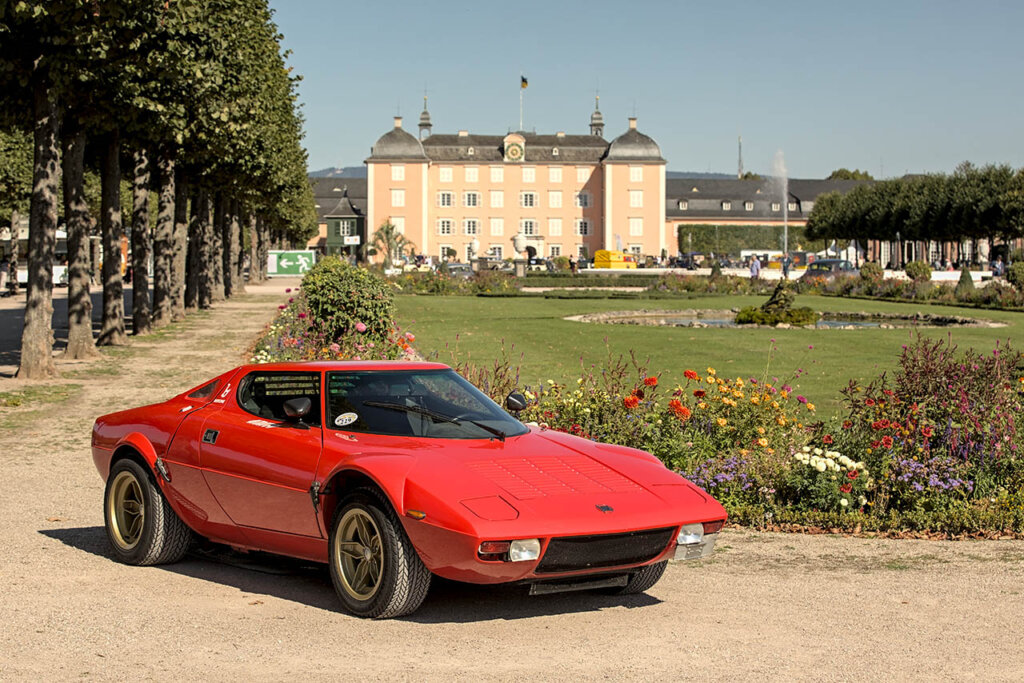
Source: Alexander Migl via Wikimedia Commons
The creation of the Lancia Stratos was first developed by Italian car manufacturer Lancia. Lancia had traditionally partnered with design house Pininfarina, but made an unprecedented move to collaborate with Bertone, another Italian automotive design company. Recognizing Lancia’s search for a rally sports contender, Bertone set out to captivate their attention by crafting an eye-catching concept. Taking the initiative, Bertone utilized the underpinnings of a Fulvia Coupé owned by an associate, fashioning a functional prototype around it. A moment of automotive history unfolded as Bertone piloted the Stratos Zero beneath the gates of the Lancia factory, eliciting enthusiastic applause from the factory’s workforce. This watershed event paved the way for a transformative partnership between Lancia and Bertone, with the skilled designer Marcello Gandini, renowned for his creations like the Lamborghini Miura and the upcoming Countach, at the helm of their rally car innovation.
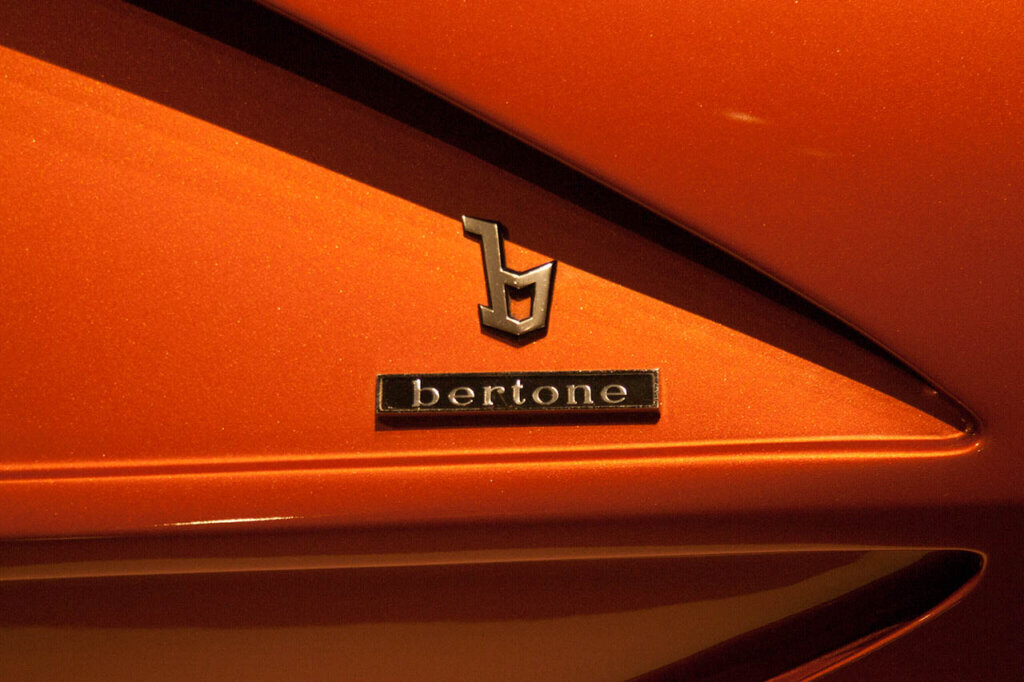
Source: Dustin May via Wikimedia Commons
Lancia Stratos’ Specs & Design
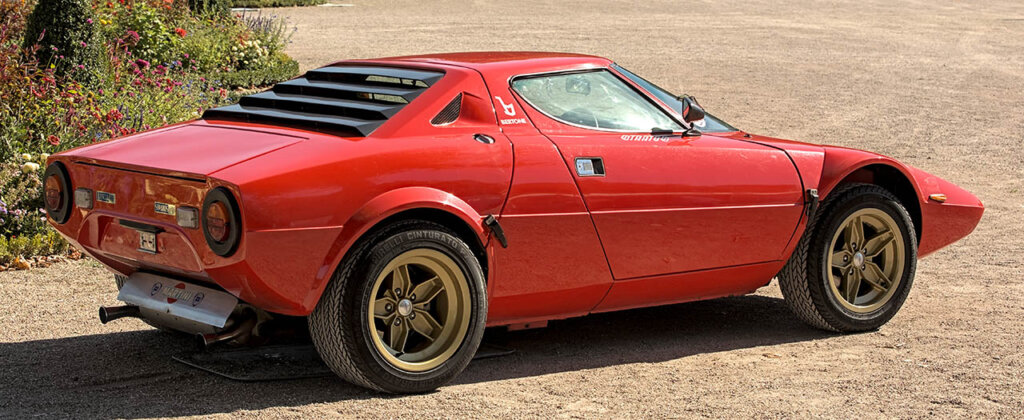
Unveiled at the 1971 Turin Motor Show, Lancia showcased the Bertone-conceived Lancia Stratos HF prototype, a year subsequent to the introduction of the visionary Stratos Zero concept car. The prototype, bearing chassis number 1240, radiated in fluorescent red, drawing eyes with its iconic crescent-shaped wrap-around windshield that maximized forward visibility while conceding to the limited rear view. The developmental evolution of the prototype encompassed three distinct powerplants: the Lancia Fulvia and Beta engines, followed by the ultimate choice for its 1971 public debut—a mid-mounted Dino Ferrari V6 generating a formidable 190 hp (142 kW) in its road-ready configuration. This engine choice had been on the drawing board since the project’s inception, but the prudently reserved Enzo Ferrari hesitated to permit its utilization in a vehicle he perceived as a rival to his own Dino V6. It wasn’t until the conclusion of Dino’s production that the esteemed “Commendatore” (a popular nickname for Enzo Ferrari) granted approval for the Stratos to harness his engines, leading Lancia to promptly secure a cache of 500 units.
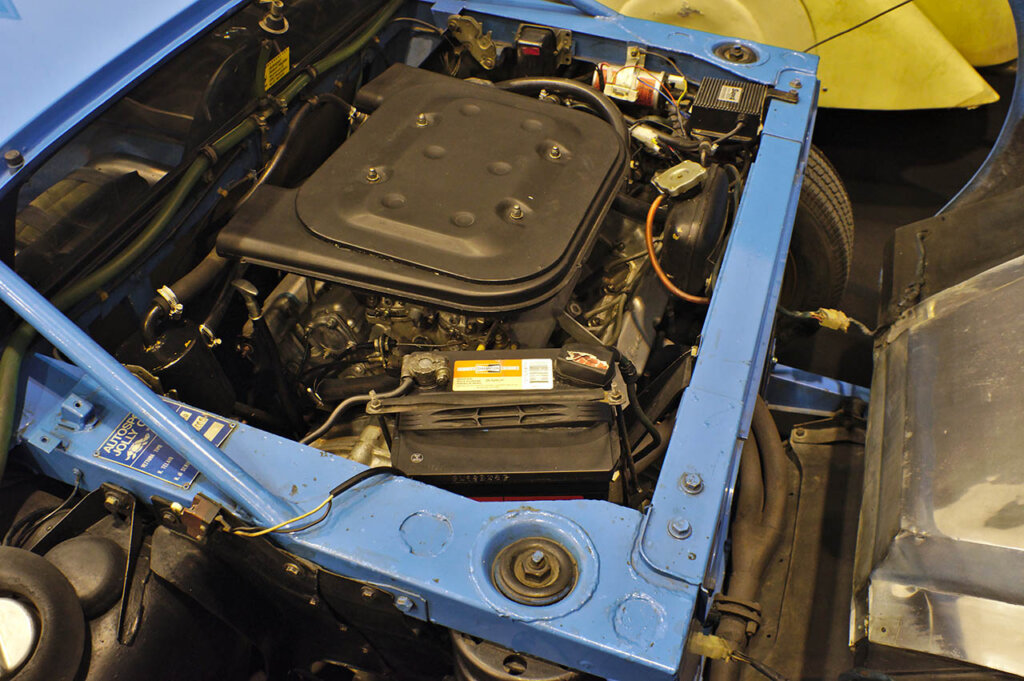
Source: Thomas Vogt via Wikimedia Commons
The final design bears a similar resemblance to elements found in Gandini’s Lamborghini Miura, notably the paired clamshell hoods, with the front lid unfolding forwards over the strategically placed spare wheel, while the rear lid opens in the opposite direction. This rear section boasts stepped black louvres positioned above the engine bay, ingeniously integrating into a storage compartment. Moreover, the design showcases the distinct curvature of the lower rear section of the door glass, which elegantly ascends, imparting a subtle frame to the otherwise frameless doors. A stark departure from this, however, is the Stratos’s defining characteristic—a resoundingly bold and wide wedge-shaped body, pushing the boundaries to an extreme where the front end gracefully descends beneath the apex of the front wheel arches. Adding to its unique allure is the semi-elliptical greenhouse, a harmonious assembly of windshield and door glass that adopts a captivating shape, particularly evident when viewed from above.
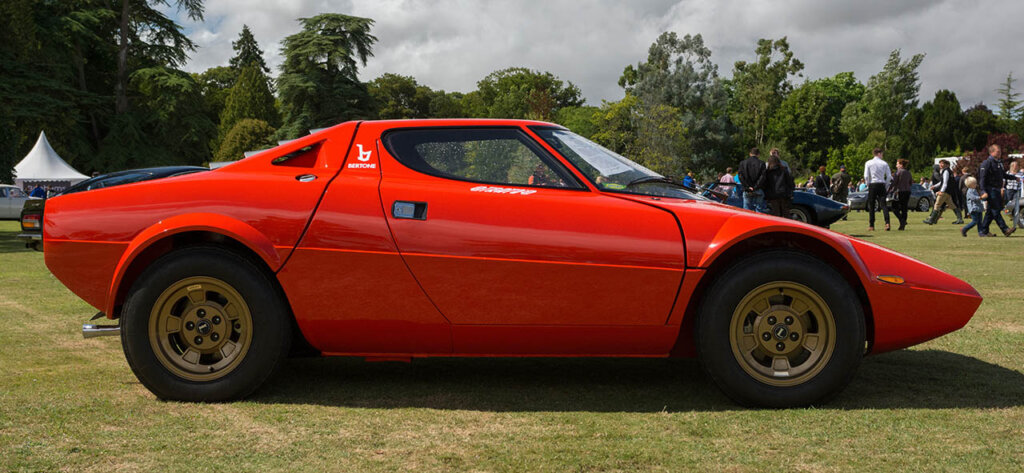
Source: gordonplant via Wikimedia Commons
Rally Records
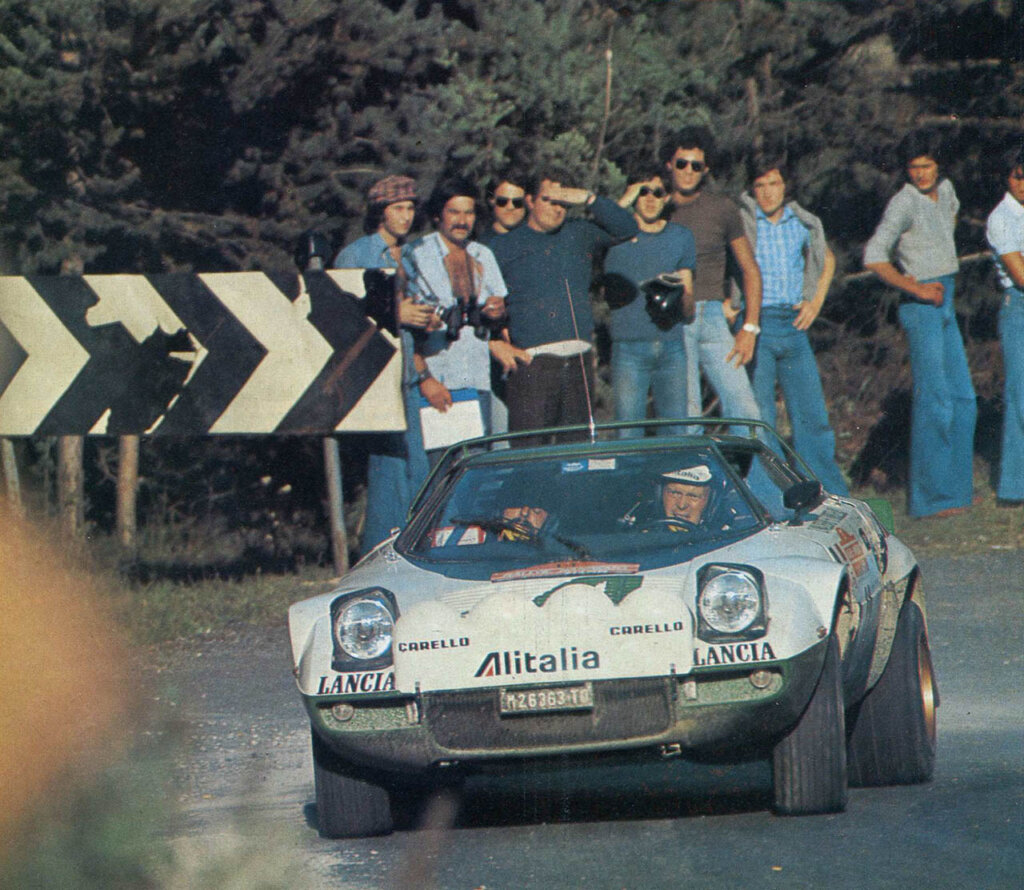
Source: Wikimedia Commons
The Lancia Stratos emerged as a triumphant force in the realm of rally racing throughout the 1970s and early 1980s, creating a new era in rallying racing as it was the first car built from the ground up to participate in such competition. Spearheading this rallying revolution were three instrumental figures: Cesare Fiorio, the astute Lancia team manager; Mike Parkes, the skilled British racer and engineer; and Sandro Munari, the factory rally driver. Notably, Bertone’s visionary designer, Marcello Gandini, invested his personal passion in crafting the bodywork that would define the Stratos’s aesthetic allure. Accompanying these luminaries was Nicola Materazzi, a dedicated calculations engineer from Lancia, whose precise computations underpinned the design and performance of crucial elements including the chassis, steering, suspension, and engine components. With this team’s caliber and the Stratos’ powerful configuration, the competition stood little to no chance against them. The Lancia Stratos won many titles and victories including the 1974, 1975 and 1976 WRC Manufacturers’ Championship titles and 1975, 1976 and 1977 Monte Carlo Rally. It would remain as a serious, powerful competitor until the early 1980s.
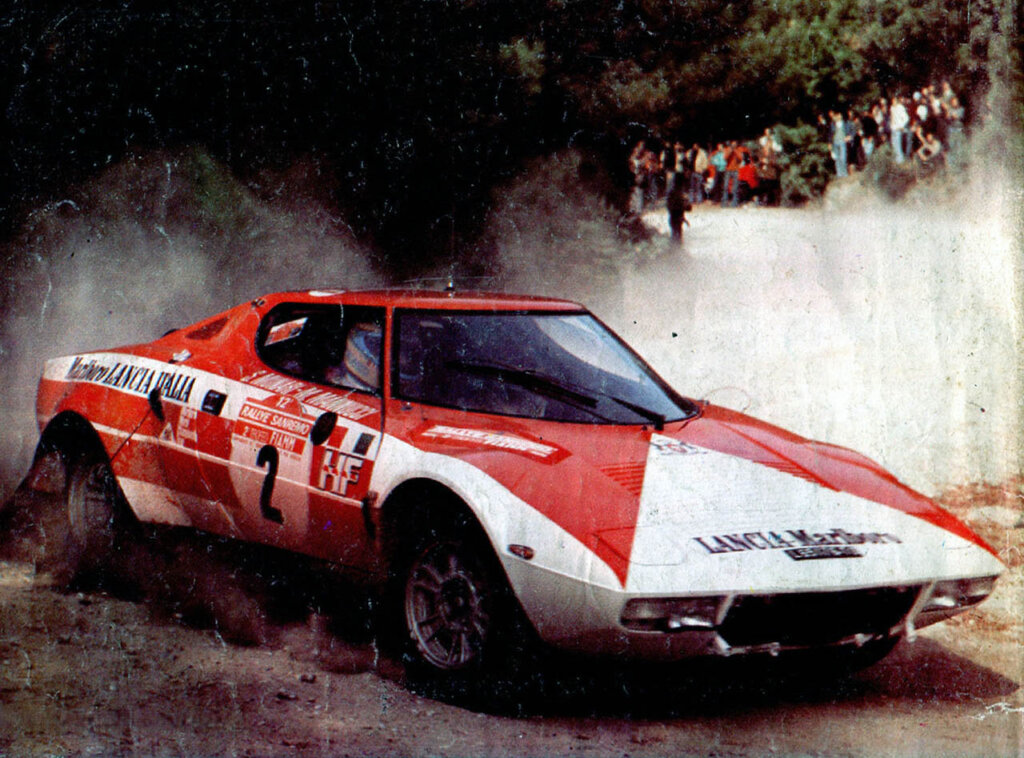
Source: Wikimedia Commons
Lancia Stratos’ Legacy
The Lancia Stratos is like a luminous constellation that continues to shine across generations. A combination of engineering ingenuity, daring design, and competitive spirit, the Stratos transcended the boundaries of what was possible in the world of rallying. Its wedge-shaped silhouette, born from the imaginative mind of Marcello Gandini, not only captivated the eyes but also harnessed the power of aerodynamics for unparalleled performance on varied terrains. As it stormed the rally stages of the 1970s and early 1980s, the Stratos redefined the essence of competition, laying the foundation for a new era where cars built from scratch could dominate the tracks. From the visionary partnership between Lancia and Bertone to the collaborative brilliance of Fiorio, Parkes, Munari, and Materazzi, the Lancia Stratos serves as an excellent reminder of automotive ingenuity and performance.
